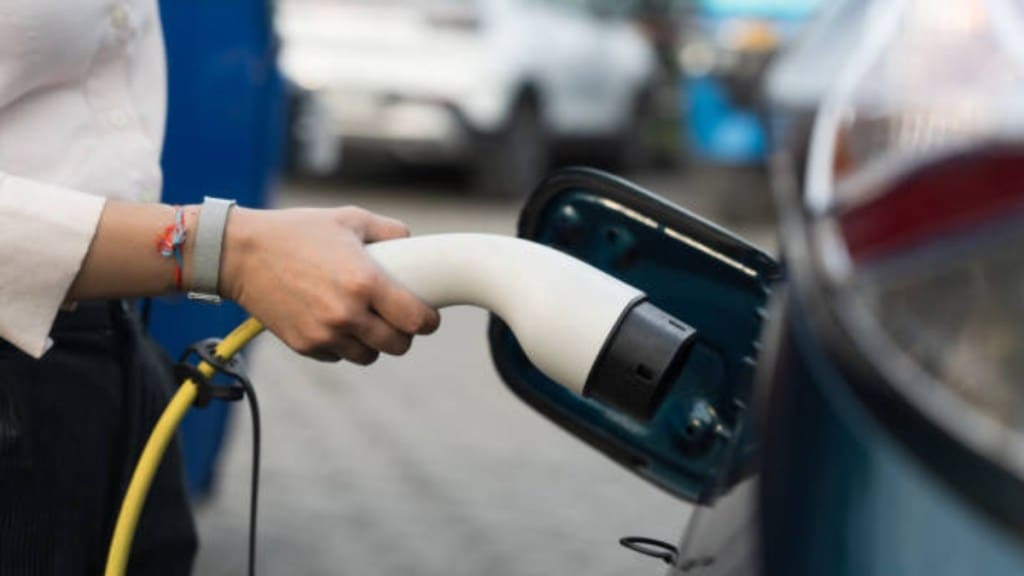Major electric vehicle manufacturers like Tata Motors, Mahindra & Mahindra, Ola Electric, Eicher Motors, TVS Motor Company, and Bajaj Auto, face mounting margin pressures with the depreciating rupee inflating their input cost.
While traditional internal combustion engine (ICE) vehicles have over 90% localisation in component sourcing, EVs remain import-heavy, with domestic content for some companies, at best, ranging around 50%.
In fact, companies like Ashok Leyland, Hyundai Motor India, Kia, Piaggio Vehicles, Hop Electric Manufacturing, and Pinnacle Mobility Solutions are even more reliant on imports, exposing them to higher currency fluctuations. According to the PLI-Auto incentives data from the ministry of heavy industries (MHI), these firms are yet to achieve the 50% domestic value addition (DVA) certification necessary for being eligible to claim incentives.
With the EV industry importing over 70% of its components, rising raw material costs are likely to compress margins or drive up prices, experts said.
“EVs are significantly more import-dependent than ICE vehicles. Despite the PLI scheme, only a handful of players are nearing self-reliance, while most remain reliant on imports,” said Preetesh Singh, a specialist in CASE and Alternate Powertrains at Nomura Research Institute (NRI).
MHI data from December 2024 highlights this dependency: just 12 out of 82 applicants under the PLI-Auto scheme have achieved the 50% DVA target. The slow pace of localisation underlines the struggles of even PLI beneficiaries in meeting the localisation targets.
Mass-market startups, especially in the electric two-wheeler (e2W) and three-wheeler (e3W) categories, are almost entirely dependent on imports. “Many startups simply assemble imported components, primarily from China and Europe, with minimal local value addition,” said an industry executive. In the past, violations of phased manufacturing programme (PMP) guidelines under the Faster Adoption and Manufacturing of Electric Vehicles in India (FAME-II) scheme have highlighted this dependency.
Prominent companies like Hero Electric, Okinawa Autotech, Ampere Vehicles, and others were allegedly found to be using imported products in violation of the scheme’s guidelines, reflecting a broader industry trend.
Automotive component imports surged by 14% over two years, reaching $20.9 billion in FY24, up from $18.3 billion in FY22, according to the Automotive Component Manufacturers Association of India (Acma).
This trend could worsen as EV adoption accelerates. EV penetration, across segments, rose from 4.75% in CY22 to 7.44% in CY24, according to Vahan Dashboard data.
“The strengthening dollar is driving up input costs, impacting overall production expenses for EVs. Manufacturers will either pass on these costs to consumers or seek alternative cost-reduction measures,” said Saket Mehra, partner at Grant Thornton Bharat.
The localisation of key EV components remains limited. For batteries and related components, localisation is a mere 10-20%. EV powertrains show 5-20% localisation, while vehicle control units and external chargers stand at 4-5% and 5%, respectively. Other components achieve 15-35% localisation levels.
Lithium-ion cells – integral to EV batteries – are entirely imported. “China dominates EV cell production, and while India aspires to localise, the capital-intensive nature of manufacturing and the limited scale of EV adoption make it a daunting challenge,” said Nikhil Dhaka, vice president at Primus Partners.
